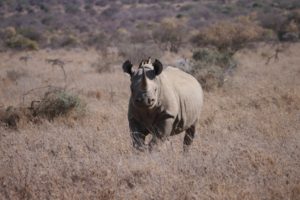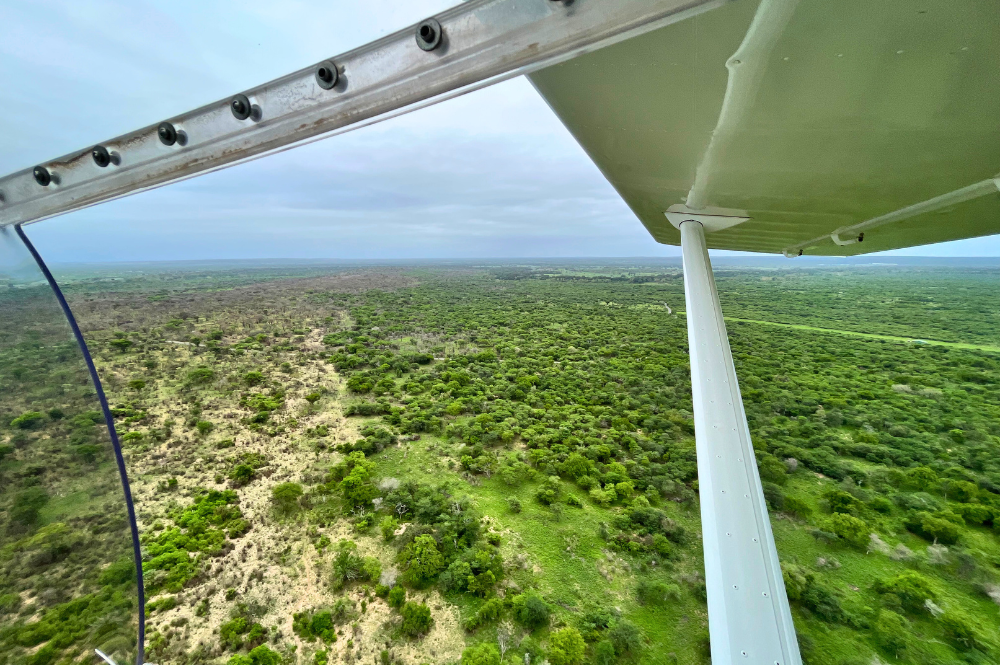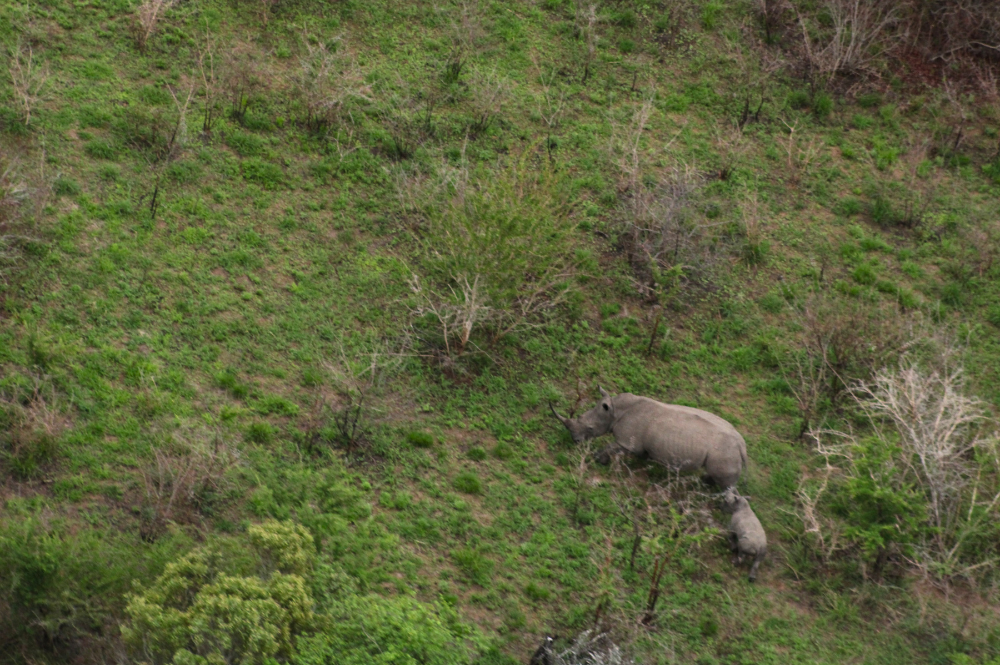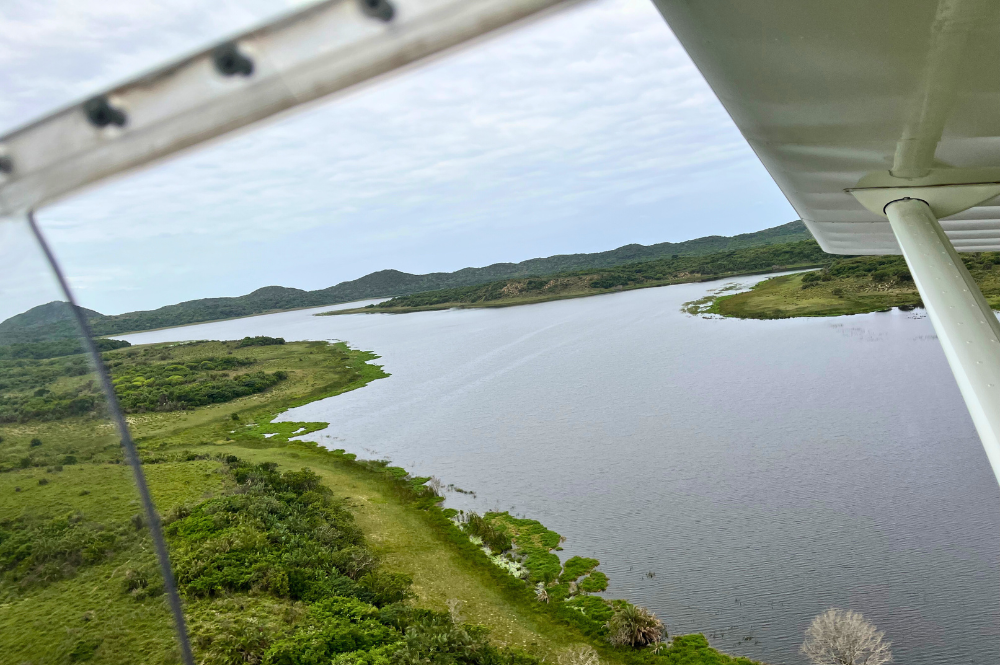uMkhuze Game Reserve, located in northern KwaZulu-Natal (KZN), South Africa, plays a vital role in the survival of the country’s black rhino population. Established in 1912 and now part of the iSimangaliso Wetland Park, the 360km2 Reserve is one of only two areas in KZN with an original black rhino population.
Whilst uMkhuze is home to a wide range of incredible wildlife, including more than 450 bird species, the Reserve’s black rhinos are particularly special. Despite the challenges (especially the threat of poaching) uMkhuze’s black rhino population has remained strong enough to support the recovery of other populations. Individuals from uMkhuze have played a vital role in re-establishing locally extinct or struggling populations in protected areas within South Africa and beyond, including Kruger National Park. Sustaining this success depends on rigorous monitoring efforts, and monitoring this population is no easy task.
For rangers on the ground, finding a black rhino is difficult. Dense thickets, short sightlines, and great distances to cover all limit what you can cover in a single day’s patrol. Rangers must rely on tracks, waterholes, and recent unconfirmed reports; hours can pass without a single sighting. This is where aerial support becomes necessary, providing rangers at uMkhuze with wider coverage, faster confirmation, and less disturbance on the ground.
The Foxbat Light Sports Aircraft provides that capability at uMkhuze. It can take off and land on short, rough airstrips near the rhinos’ whereabouts, so teams don’t waste time getting to the search area. The large windows make it easier to spot animals from above, even through dense brush where black rhinos spend much of their day. The plane can fly safely at slow speeds, ideal for careful surveying of the landscape.
Since its purchase, the plane has proved invaluable. In a single aerial patrol, Conservation Manager, Eduard, reported seeing almost 50% of the uMkhuze’s southern white rhino population, a feat that could have taken days or even weeks on the ground. It has been a game changer for the team, helping them to reach key objectives for monitoring this important population. The Reserve has managed to maintain a 90% black rhino and a 100% white rhino re-sighting rate, which has mostly been due to the additional monitoring effort from the plane.
Monitoring mothers and their newborn calves is one of the most difficult tasks for rangers to carry out on foot, since cows will often hide their calves in dense thickets for its early days. A cow with a calf can be fiercely protective, and even the most experienced rangers may inadvertently startle a mother, leading to potential upset. By monitoring from above, rangers stay safely above these hidden sites, avoiding sudden, dangerous encounters. Pilots can fly slowly over likely hiding spots, making it far easier to spot a tiny calf next to its mother. This capability, alongside taking aerial photos and logging exact GPS coordinates, means that mothers and their young can stay protected without unnecessary disruption.
All of this means more accurate sightings and better protection for uMkhuze’s rhinos. The addition of the air support has meant that uMkhuze can spend a fraction of the time needed prior to monitor its rhino population effectively.
We’d like to thank all the generous donors who made this valuable work at uMkhuze possible, including the Anna Merz Rhino Trust, West Midlands Safari Park, La Fondation Le PAL Nature, United States Fish & Wildlife Service, the Bently Foundation, The Bernard F. and Alva B. Gimbel Foundation, WILDLANDS Nature and Education Fund, Zoom Torino and many more. Thank you for making a real difference for this important rhino population.










